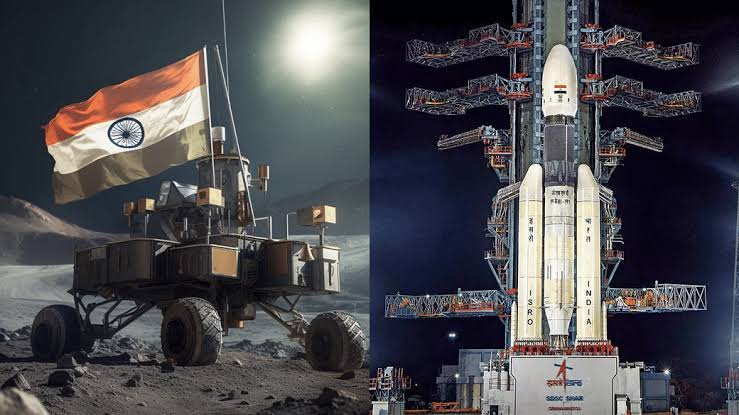Indian lander sends back first data from Moon

ISRO official B Darukesh told the Press Trust of India news agency that the results came as a surprise to experts
The Indian Pragyan lunar rover, which was delivered to the Moon by the landing module of the Chandrayaan-3 mission, has sent back to Earth the first scientific data that in many ways changes the ideas about the Moon’s South Pole, the Indian Space Research Organization (ISRO) reported.
“ChaSTE (Chandra’s Surface Thermophysical Experiment) measures the temperature profile of the lunar topsoil around the pole, to understand the thermal behaviour of the Moon’s surface,” the ISRO said in a statement on its X (formerly Twitter) page. The lander is equipped with a temperature probe with a mechanism capable of measuring the temperature of the lunar soil to a depth of 10 centimeters.
ISRO official B Darukesh said that the results came as a surprise to experts. “”We all thought that the temperature on the surface could be between 20 and 30 degrees Celsius, but it is 70 degrees Celsius. This is surprisingly higher than we expected,” the agency quoted the scientist as saying.
The Pragyan lunar rover will work for at least one lunar day (14 Earth days). According to Indian scientists, rock outcrops have been found in the area of the lunar south pole, which can tell a lot about the formation of the Moon.
In addition, the expedition should continue the Indian Chandrayaan-1 mission’s quest for water on the Earth’s satellite. The data obtained suggests that frozen water is present in some craters. If ice is found, scientists will have a unique opportunity to analyze and understand the history of water in the Solar System.
Last Wednesday, the descent module of India’s Chandrayaan-3 mission successfully landed near the South Pole of the Moon. India became the fourth country in the world to successfully land a vehicle on the moon – after the USSR, the US and China.
India also became the fourth country in the world (after the USSR, the US and China) to manage to soft-land a spacecraft on the Moon and it is also the first country to do so in the natural satellite’s South Pole.




